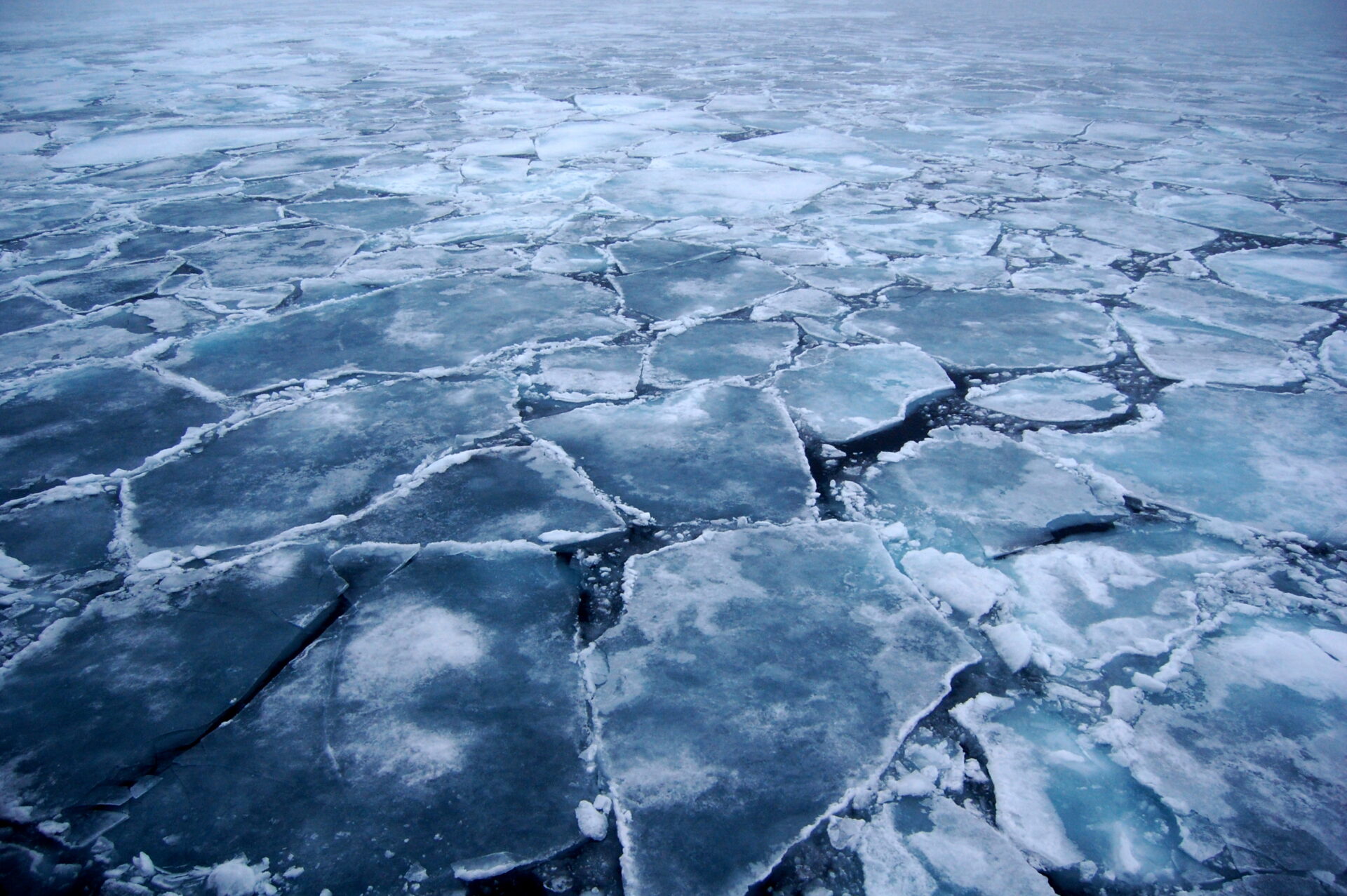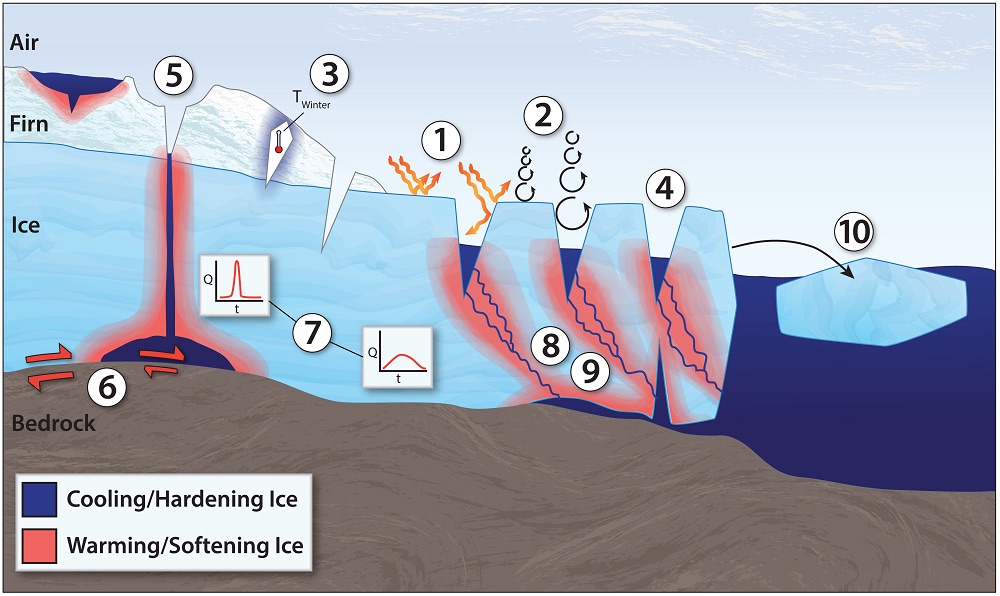Lassonde professor takes fresh look at crevasse research
Tags:

Lassonde Professor William Colgan’s research has been published in the recent issue of Reviews of Geophysics. After pouring over old studies and long-forgotten papers at the University of Colorado Boulder library, Prof. Colgan and his team found interesting and surprising new insights into glacial crevasses.
This paper examines 60 years of crevasse studies, analyzing the different ways in which crevasses can fracture and what these varied processes can teach scientists about climate change and glacial transformations.
A renewed analysis of these studies shows that crevasses usually form 40 feet below the surface, not at the top, as previously believed. That could mean “buried” crevasses should be interpreted as very young, rather than very old. These and other findings are critical for understanding ice sheets and glaciers, not to mention their effects on sea-level rise in a warmer world.
The team, comprised of four men and three women, surveyed as many crevasse studies as they could find from the last 60 years, from sites as remote as Greenland and Antarctica.
“The earliest meaningful crevasse studies are from the U.S. Army,” says Colgan. “They went out on the Greenland Ice Sheet during the Cold War. They had a completely different motivation for understanding glaciers, and they were engineers not glaciologists, but their observations were exceedingly detailed and unique.”
The team also pulled from more recent research, up to the present day, including studies from just last year, which examine crevasses in floating ice shelves.

“Virtually all the old studies were based on an assumption that crevasses formed in one particular way,” Colgan said. But he and his team showed that there were multiple ways in which crevasses fractured, that they weren’t as static or uniform as once thought.